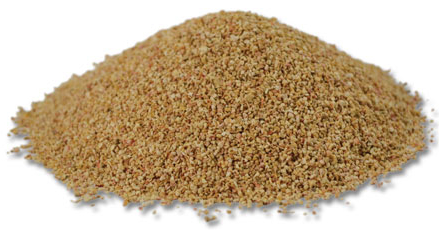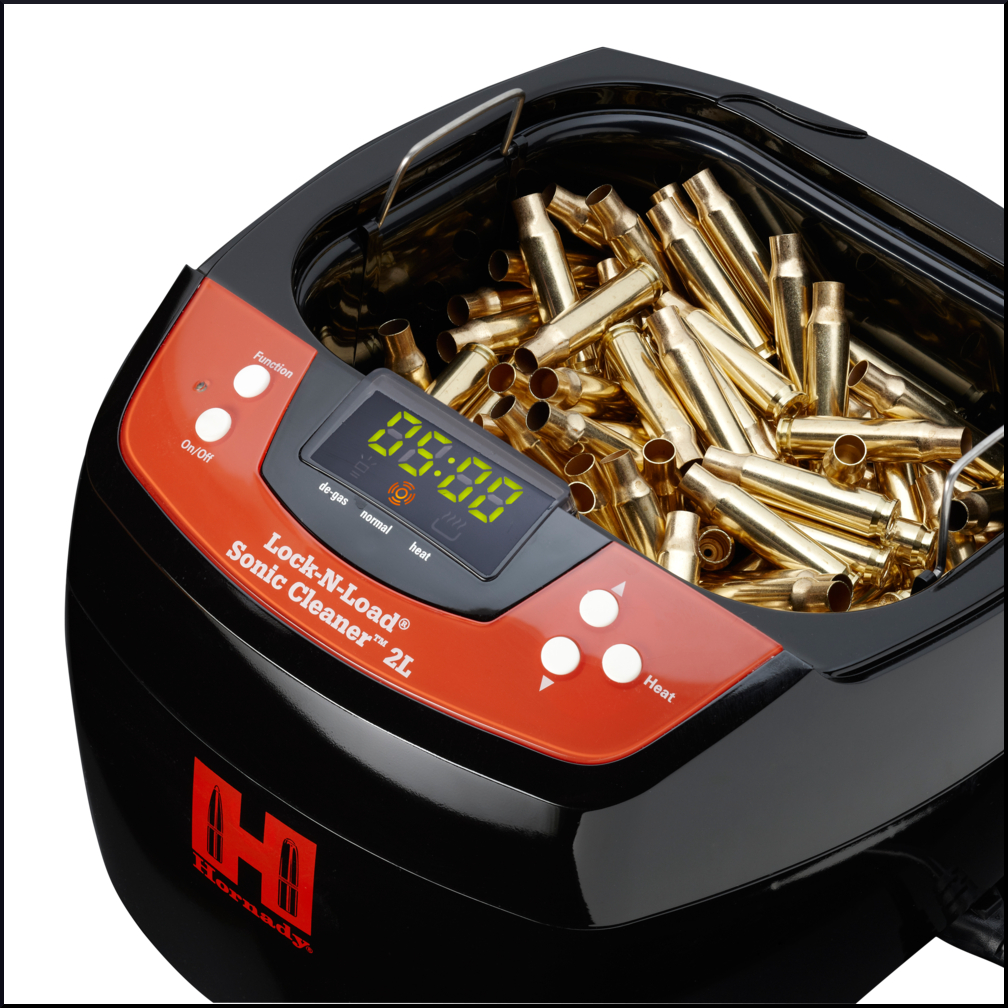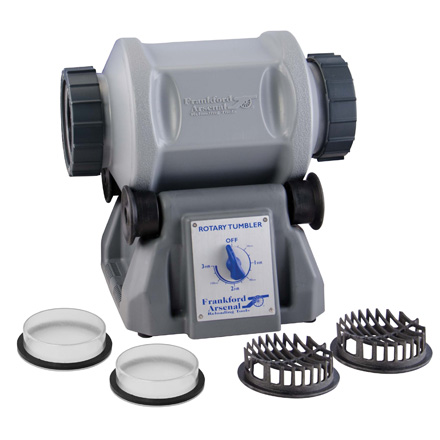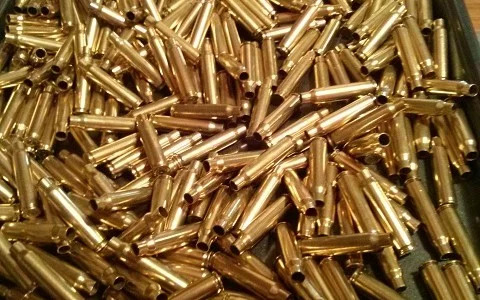Clean means “not dirty.” More details coming next. READ IT ALL
Glen Zediker
Clean brass loads easier, keeps dies cleaner (and may help them last longer), and might even help your barrel last longer. Brass collected up off the ground almost always has some manner of grit clinging to it and, depending on range locale, that will cause more or less concern. If it’s sand, for instance, this debris can do serious damage to a die (and barrel). Plus, I’ve never had a semi-automatic that didn’t soot up the case neck and shoulder. And, since we’re needing to lubricate the whole case prior to sizing, there’s no place for gunk. As said last time, case lube should not be a case cleaner!
There is also always going to be firing residue, if not on the case, it will be inside the case, and in there will also be primer residue, which is very abrasive.
Brass doesn’t have to be polished to be cleaned, which is to say that it doesn’t have to be shiny to be clean. Get down to the bare metal and that’s “clean.”
The question is How?
Not counting all the methods and means I’ve heard tell of, which number well over a dozen, the two common are either dry media or liquid media. Dry media is most commonly corncob or walnut, and run through a rotary- or (more popularly) vibratory-style appliance. There’s another I’ve been impressed with and that is the use of steel media, and more in a bit.

Liquid means can revolve around detergent-type solutions and agitation, or the “sonic” cleaners.
General: Advantages to dry media are, well, that it’s dry! Not (as) much mess. Disadvantages exist, however. The main one is getting all the residual dust and particulate out of the cases. I caution against using any additional abrasive additives to the dry media because what doesn’t get cleaned away will, not can, accompany a bullet down a barrel. Advantages to wet media are that it can do a thorough job of cleaning, no doubt. It also doesn’t leave any residue. But! It’s wet! And that means the cases need dried thoroughly prior to reuse. There are specialty appliances that can do it, but a cookie sheet in an oven set on “low” does the trick too.

Back to the steel: That’s why I like this method. Dry, no residue. It in no way hurts the cases, and works pretty quickly.

No media lasts forever. Corncob, especially, should be routinely discarded and the appliance cleaned out to avoid any resident grit mingling with the media particles. Much as in the same way gold panning works, heavier junk can settle to the bottom of the bowl. Tumbling media, by the way, doesn’t really wear out: it just gets crudded up.
Take steps post-cleaning to ensure that residues are gone, and also that primer pockets are free of particles. Some use compressed air to blow out the case inside, and others go as far as to rinse and dry.
Speaking of primer pockets! I very strongly suggest decapping prior to cleaning. That way the pocket will, indeed, be cleaned. This doesn’t take much time and requires only an inexpensive station as shown nearby.

Additional steps? There are some long-used steps taken especially by precision shooters, such as brushing the inside of case necks, and also using a polishing cloth to thoroughly clean the case neck, case shoulder area, and separate attention paid to the pimer pocket. But. These steps originated with Benchrest competitors and the reason is because I never met one yet who uses the short of cleaning apparatus “we” use. Never a tumbler! Their cases never hit the ground either. Nothing more than a thorough run through the volume-cleaning media of your choice should be needed, and the primer pocket cleaner should likewise be unnecessary if you take the advice of cleaning deprimed cases.
Honestly, it’s better, and I say best, if the case cleaning media leaves no residues. That’s where dry steel media and the liquid cleaners come in.
Back to the basics: Clean is clean. “Nothing but brass” is “clean.” Polished and gleaming cases are not necessarily better, and matter not a whit to performance.
One last: my favorite case cleaning “story” ever. Middleton Tompkins, many-time Highpower Rifle national champion, showed me his case cleaning method on a visit. Mid (and his wife, dominant Long Range Rifle winner, Nancy) go well beyond “high volume” in their needs for clean cases. To that end, Mid purchased a small commercial cement mixer into which he dumped pounds of BBs and a solution of Joy dishwashing soap and water (later rinsed and drained and dried). Now, that’s a high-volume case cleaner!
Check out Midsouth products HERE
And decapping DIES!
This article is adapted from Glen’s books, Handloading For Competition and Top-Grade Ammo, available at Midsouth HERE. For more information about other books by Glen, visit ZedikerPublishing.com










